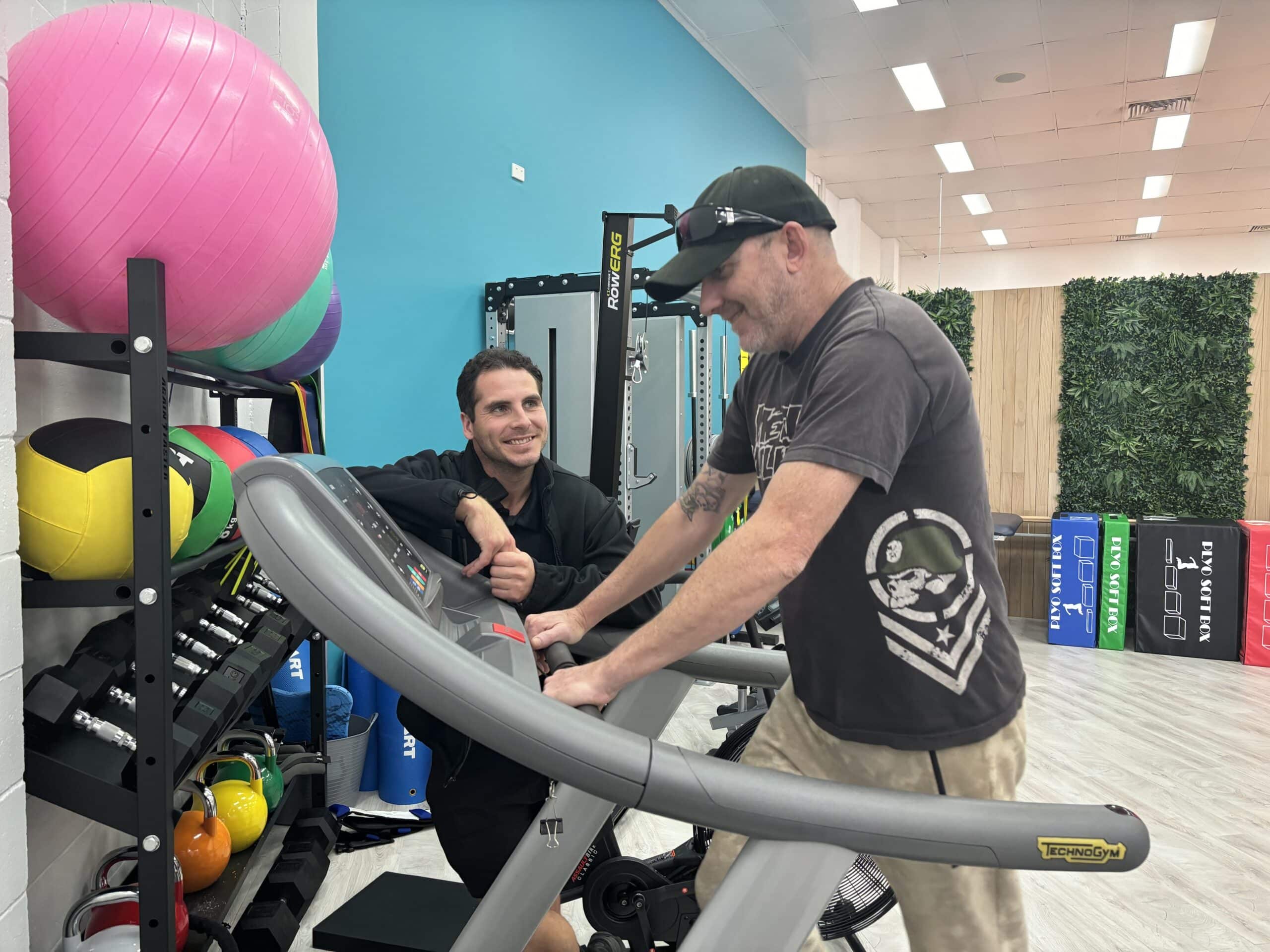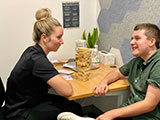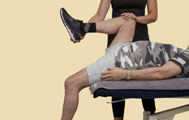Diabetes Awareness Week

What is Diabetes?
This week is National Diabetes Week and we are spreading awareness about the condition and how we as health professionals can help manage and prevent the onset of certain types of Diabetes through education and exercise.
Diabetes Mellitus or Diabetes is a condition where there is too much glucose in the blood. It affects around 17 million people in Australia with around 85-90% being Type 2 Diabetic. Insulin which is the hormone our bodies use to transport glucose into our bodies cells, can be insufficiently produced, not produced at all, or not used effectively depending on the type of diabetes a person has.
Too much glucose in the blood can lead to some serious short and long term effects. Short term too much glucose in the blood can cause fatigue and dehydration due to the kidneys working hard to pass the glucose into the Urine leading to frequent urination. Long term effects of high glucose in the blood can damage the small and large blood vessels in the body and also damage the nerves which can further damage the heart, brain, kidneys, eyes and feet
There are 3 main types of Diabetes:
Diabetes Type 1: A autoimmune condition where the body’s immune system destroys it’s own beta cells in the Pancreas which is where Insulin is produced. Not linked to modifiable lifestyle factors, is life long and currently no cure.
Diabetes Type 2: is a condition in which the body becomes resistant to the normal effects of insulin and gradually loses the capacity to produce enough insulin in the pancreas. The condition has strong genetic and family-related (non-modifiable) risk factors and is also often associated with modifiable lifestyle risk factors.
Gestational Diabetes: Is diabetes that occurs during pregnancy. Women with gestational diabetes can still have a healthy baby, Blood glucose levels will need to be monitored throughout pregnancy to ensure no complications arise. Gestational Diabetes disappears after the baby is born for most women.
Symptoms of Diabetes
Common symptoms include:
- Being more thirsty than usual
- Passing more urine
- Feeling tired and lethargic
- Always feeling hungry
- Having cuts that heal slowly
- Itching, skin infections
- Urinary tract or fungal infections
- Blurred vision
- Unexplained weight loss (type 1 or type 2 diabetes)
- Gradually putting on weight (type 2 diabetes)
- Mood swings
- Headaches
- Feeling dizzy
- Leg cramps
If you suffer any of the above systems it is advised that you seek advice first from a medical practitioner such as your GP to provide a diagnosis.
How can Physiotherapy and Exercise Physiology Help with Diabetes?
Although Diabetes has no known cure, research has shown that Exercise plays an important role in the management and prevention of diabetes by.
- Help insulin work more effectively to stabilise blood sugar levels
- Reduce insulin resistance and reduce blood sugar levels
- Maintain a healthy weight
- Lower your blood pressure
- Reduce your risk of heart disease
- Improvement joint and muscle movement
- Improve sleep
- Reduce Stress and anxiety
How much exercise should I do?
For good health it is recommended that all Australians should aim for at least 30 minutes of moderate intensity exercise per day. Moderate intensity exercise can be described as “lightly puffing” but can still hold a conversation while moving. This can be completed all at once or broken down into shorter bouts of 10-15 minutes 2-3 times per day.
For more information and individualised support book in with one of our qualified Physiotherapists or Exercise Physiologists to create a plan to best support your needs. Whether that’s lifestyle modification and prevention of diabetes or education and management support for diabetes.
Resources:
Diabetes Australia
National Diabetes Week 2024 – Diabetes Australia
Author: Rhiannon Northcott, Exercise Physiologist and Clinic Manager, Burleigh Heads
Get started today
If you want to work with an experienced Exercise Physiologist or Physiotherapist to get checked out, please get in touch
Subscribe to e-news
Receive the latest health tips and news straight to your inbox






















